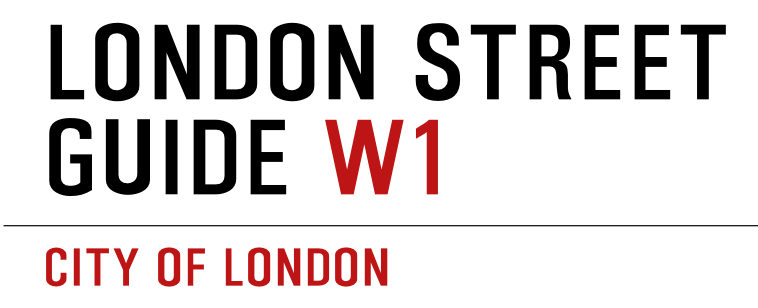Place Name
Westmorland is an historic county in northwest England, famous for its landscapes, including parts of the Lake District. Its rugged terrain was influenced by early Celtic and later Norse settlements, the latter of which may have given it its name a mutated form Vestmøringa or it may have come from Middle English adapted from the Old English. In any case it means the area of those living west of the moors, the moors being the North Yorkshire Pennines. In 1974, Westmorland was merged with Cumberland to form Cumbria. At the start of the 20thCentury this area still formed part of Newbarns Farm and later was used as a golf course. It remained that way until shortly after the Second World War when demand for housing from the newly demobbed men and their families far outstripped supply. At first accommodation consisted of dozens of pre-fabricated Arcon bungalows hastily erected around Pollards Hill but from the 1950s a more permanent solution was sought. Merton Council’s archive explains: “In the 1950s the Council built six-storey maisonette blocks, starting with Westmorland Square and finishing the final block in Bovington Square in 1956. By the standards of the day, the much needed housing was built in record time and Mitcham Council could boast a house-building programme which exceeded that of any other Surrey Council.” But even this wasn’t enough to meet future demand. Following the post-war population boom much more housing was needed by the mid-1960s and so the Pollards Hill Housing Estate was laid out and built between 1968 and 1971. It was a high density scheme that included various areas of green space in the form of private gardens, partly enclosed squares, and a public park, Donnelly Green, named after Mitcham’s Head of Parks. Taking its cue from those original post-war buildings the streets were named after counties and county towns in England and Wales.
![]()
